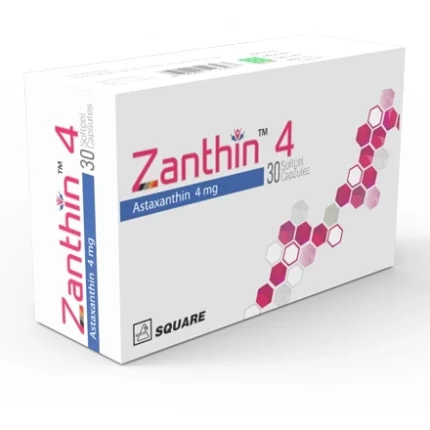Clinacyn 300
15.00৳ Strip
- Clindamycin is effective against dental, respiratory, skin, and soft tissue infections.
- Administered orally, topically, or intravenously based on infection severity.
- Inhibits bacterial protein synthesis, useful for anaerobic infections, endocarditis, and pelvic inflammatory disease.
- Use under medical guidance; monitor for potential side effects and interactions.
 Brand
Brand
|
Beximco Pharmaceuticals Ltd |
|---|---|
 Generics
Generics
|
Clindamycin |
 Type
Type
|
Capsule |
Indications
Clindamycin is utilized to manage a range of infections, including dental infections, respiratory tract infections, skin and soft tissue infections, peritonitis, acne, anaerobic infections, endocarditis, toxic shock syndrome, bacterial vaginosis, and pelvic inflammatory disease.
Administration
- Capsules: Can be taken with or without food. Swallow whole with a full glass of water while in an upright position.
- Granules: Should be taken with food.
- IV Preparation:
- Dilute 300 mg and 600 mg in 50 mL of D5W.
- Dilute 900 mg in 50-100 mL of D5W.
- Dilute 1200 mg in 100 mL of D5W.
- IV Administration:
- Intermittent infusion: Infuse 300 mg over 10 minutes, 600 mg over 20 minutes, 900 mg over 30 minutes, and 1200 mg over 60 minutes. Do not exceed 1200 mg in 1 hour.
- Continuous infusion: Can be used instead of intermittent infusion after initial rapid infusion.
Adult Dosage
- Oral:
- Serious anaerobic infections: 150-300 mg every 6 hours, up to 450 mg every 6 hours for severe cases. Max: 1.8 g/day.
- Prophylaxis for endocarditis: 600 mg 1 hour before dental procedures.
- IV:
- Serious anaerobic infections: 0.6-2.7 g/day in divided doses, up to 4.8 g/day for severe infections.
- Toxic shock syndrome: 900 mg every 8 hours with penicillin G or ceftriaxone.
- Pelvic inflammatory disease: 900 mg every 8 hours with gentamicin.
- Bacterial vaginosis: 300 mg PO every 12 hours for 7 days.
Pediatric Dosage
- Neonates (less than 1 month): 15-20 mg/kg/day in 3-4 doses.
- Children (12-18 years):
- Oral: 10-25 mg/kg/day every 8 hours; 30-40 mg/kg/day for severe infections.
- Parenteral: 20-40 mg/kg/day every 8 hours.
Mode of Action
Clindamycin works by inhibiting bacterial protein synthesis. It binds reversibly to the 50S ribosomal subunit, blocking transpeptidation and translocation processes in susceptible bacteria.
Precautions
Monitor for side effects including diarrhea, nausea, vomiting, and potential severe reactions such as pseudomembranous colitis. Regularly check blood counts and liver and kidney functions. In lactation, Clindamycin is excreted in breast milk; consider monitoring infants for gastrointestinal effects.
Pregnancy and Lactation
- Pregnancy: Generally safe during the second and third trimesters. Use in the first trimester only if necessary. Limited data on first-trimester use.
- Lactation: Appears in breast milk; breastfeeding may continue but monitor infants for potential gastrointestinal issues.
Interactions
Clindamycin may enhance neuromuscular blockers, antagonize parasympathomimetics, and competitively inhibit macrolides and other antibiotics. It can also affect coagulation tests when used with vitamin K antagonists.
Storage Conditions
Store below 30°C, protected from light and moisture. Keep out of reach of children.













Reviews
There are no reviews yet.